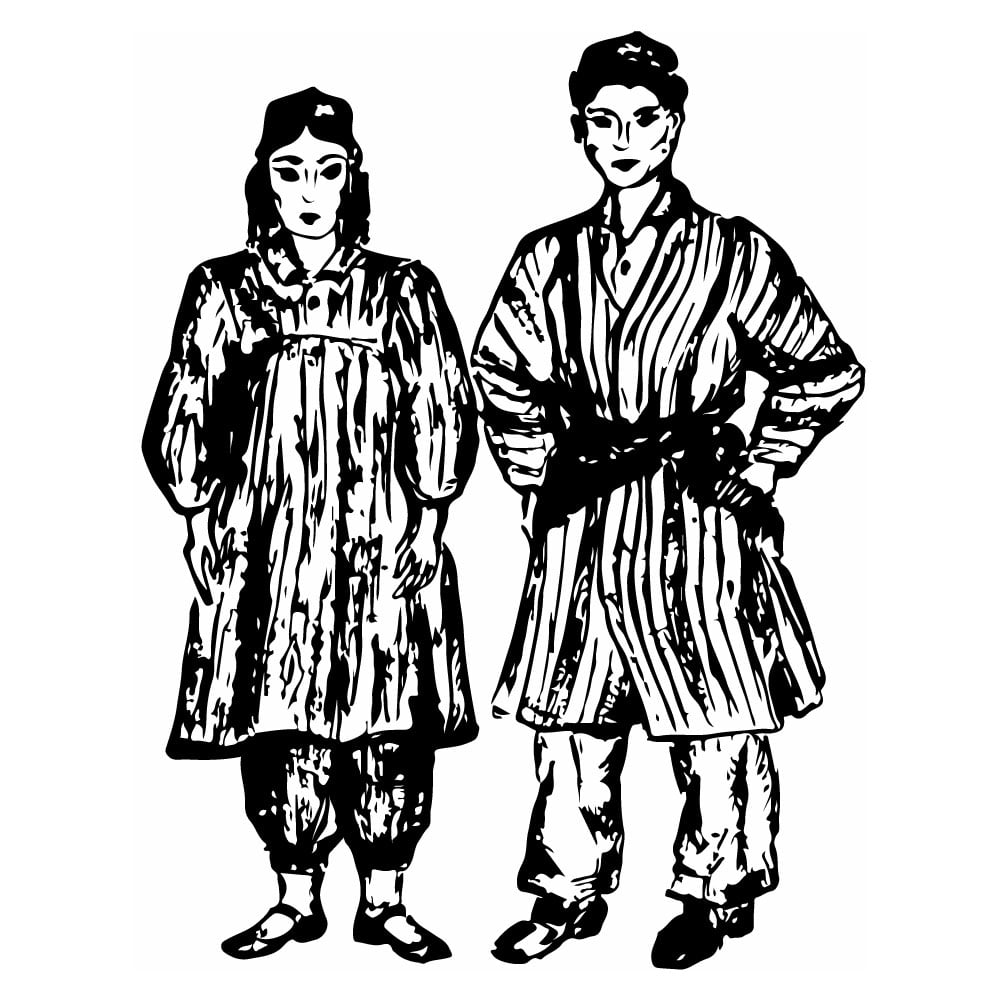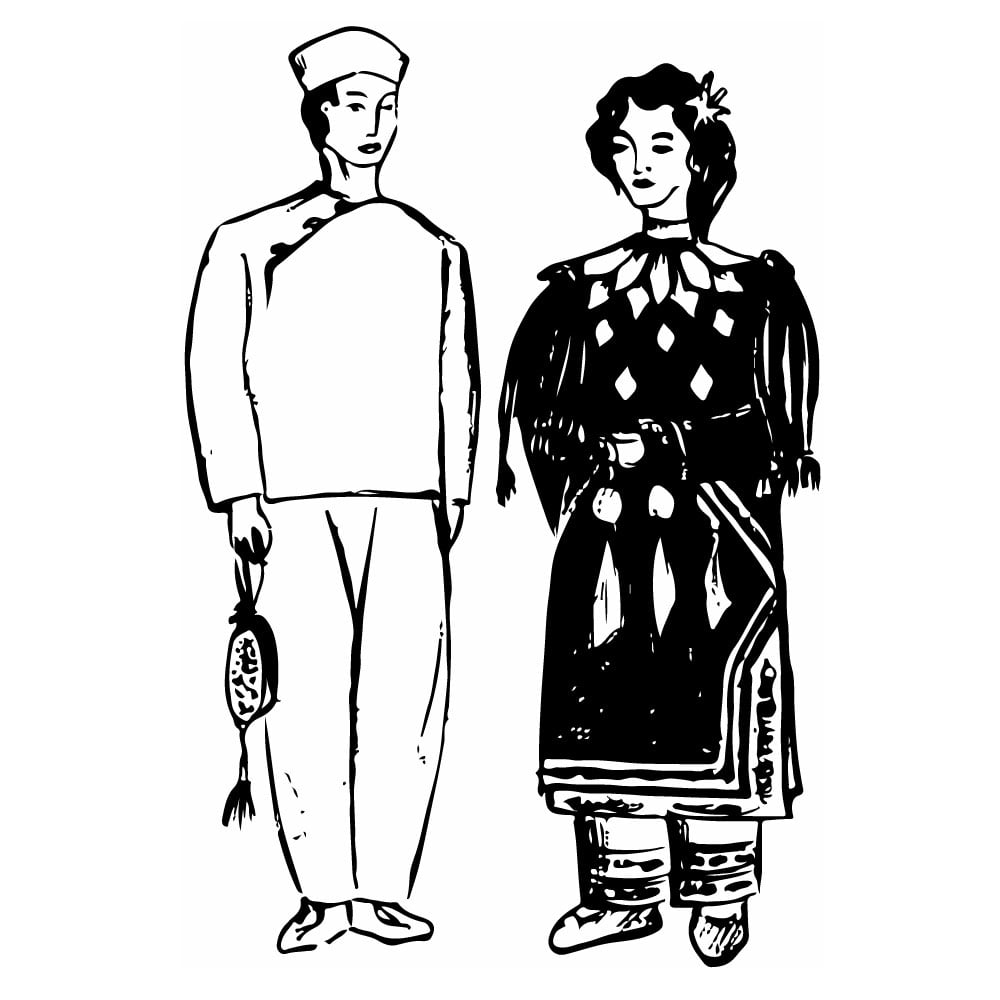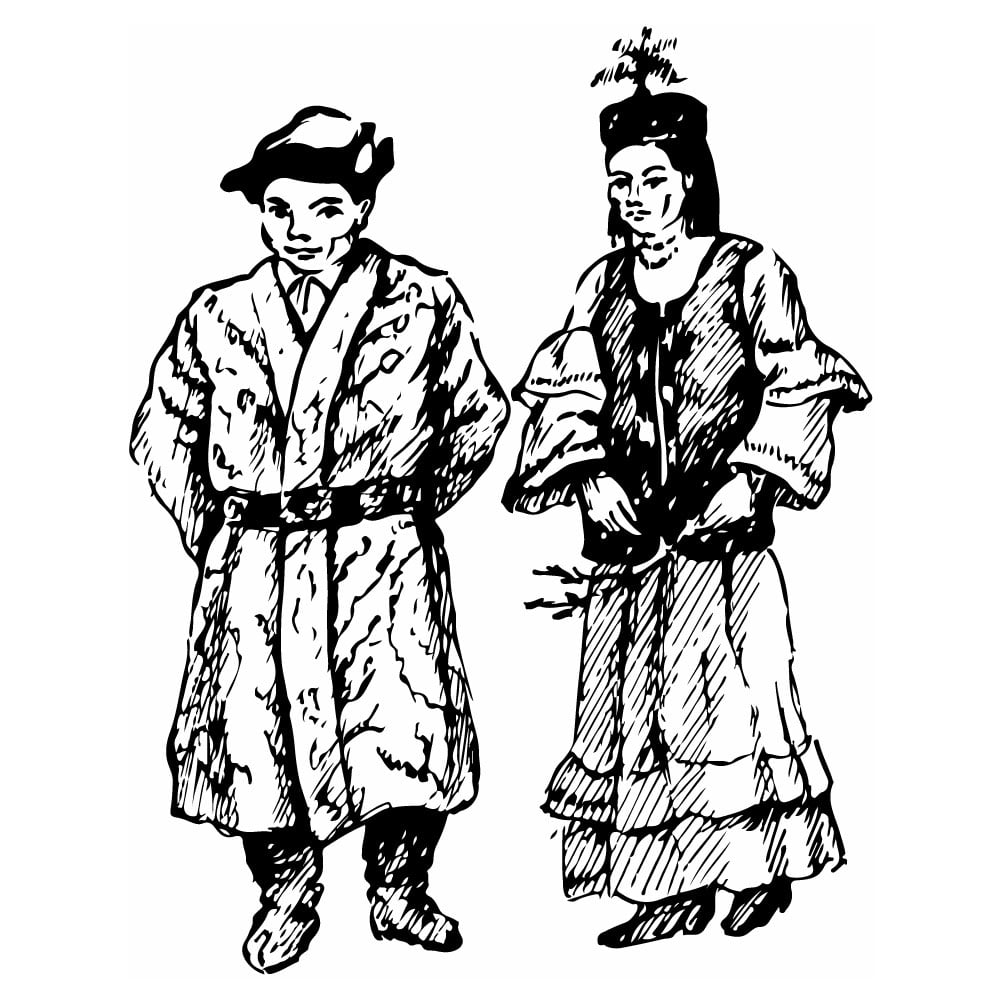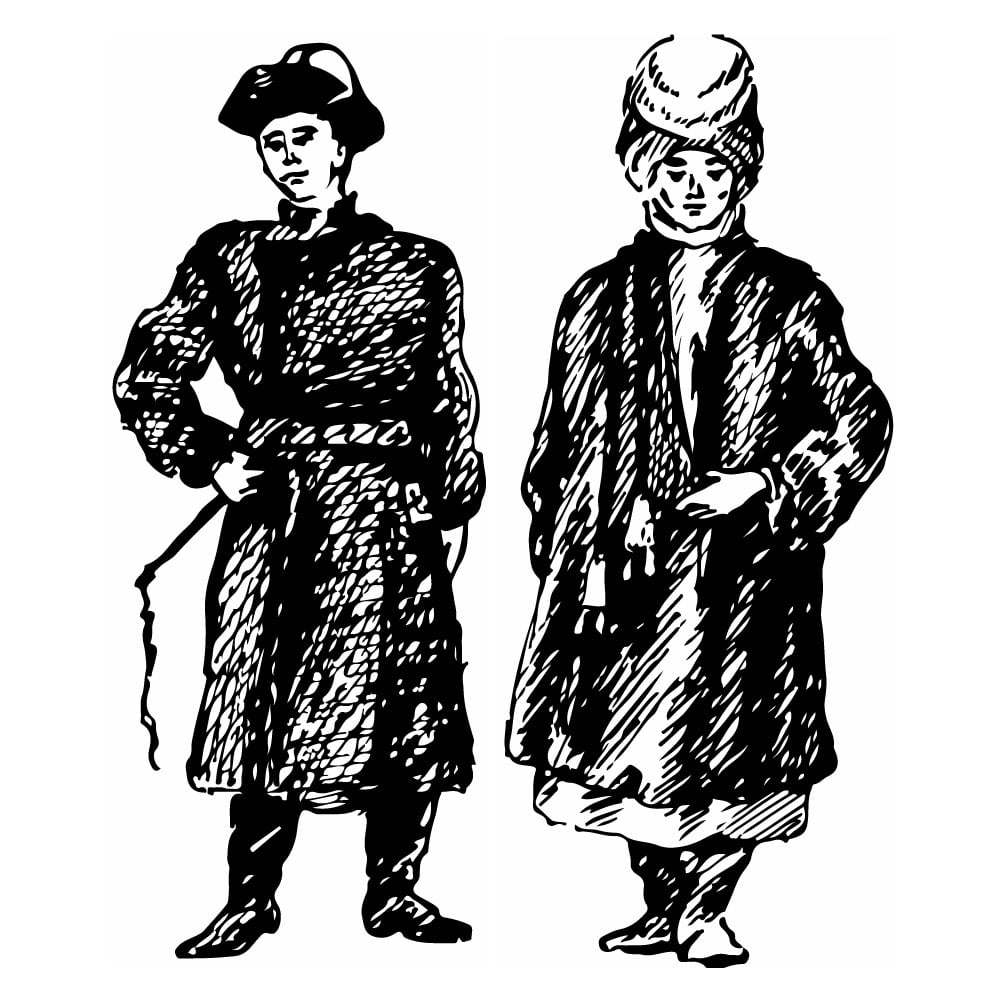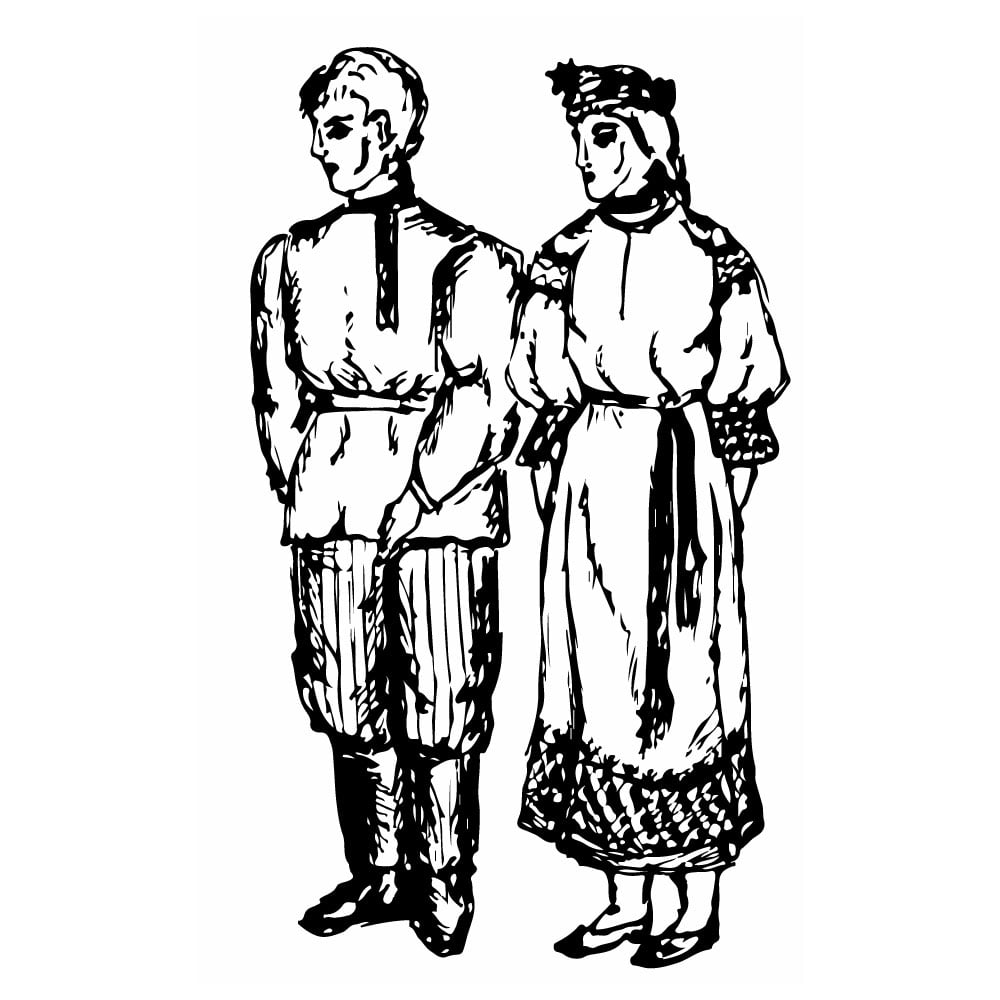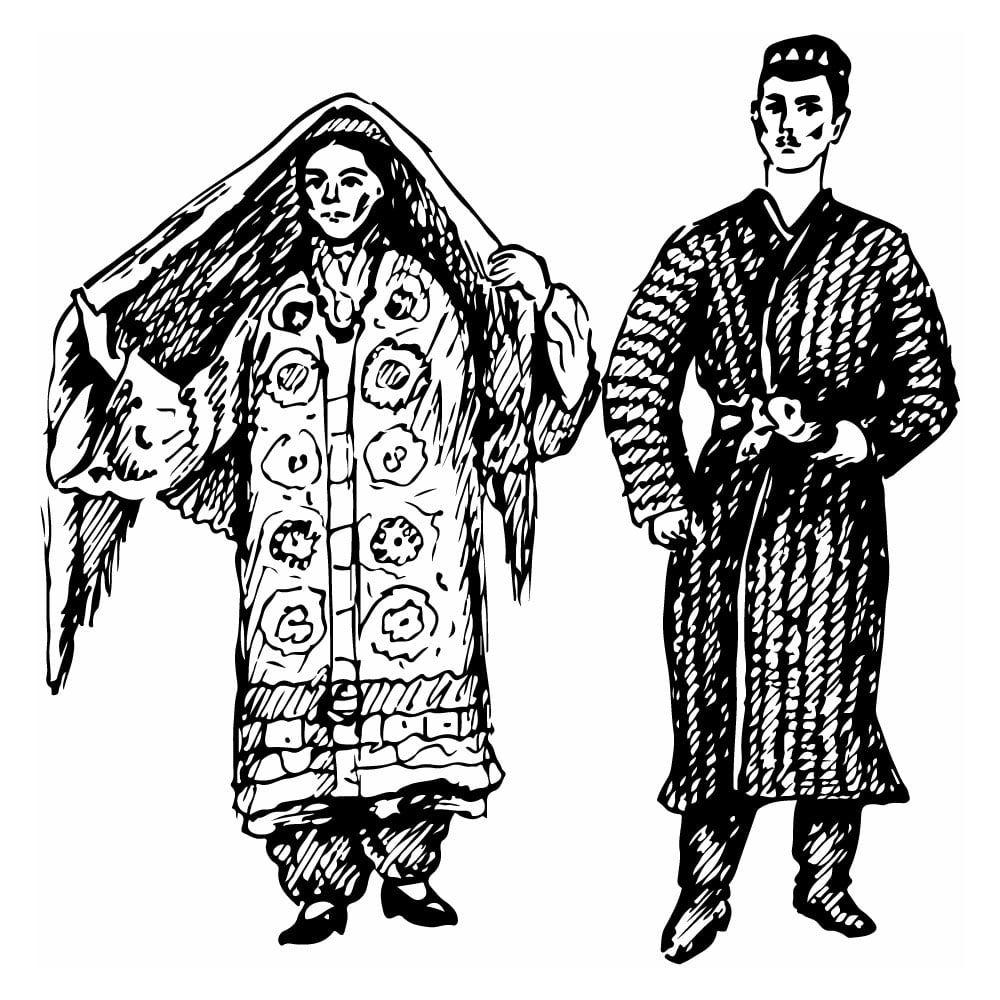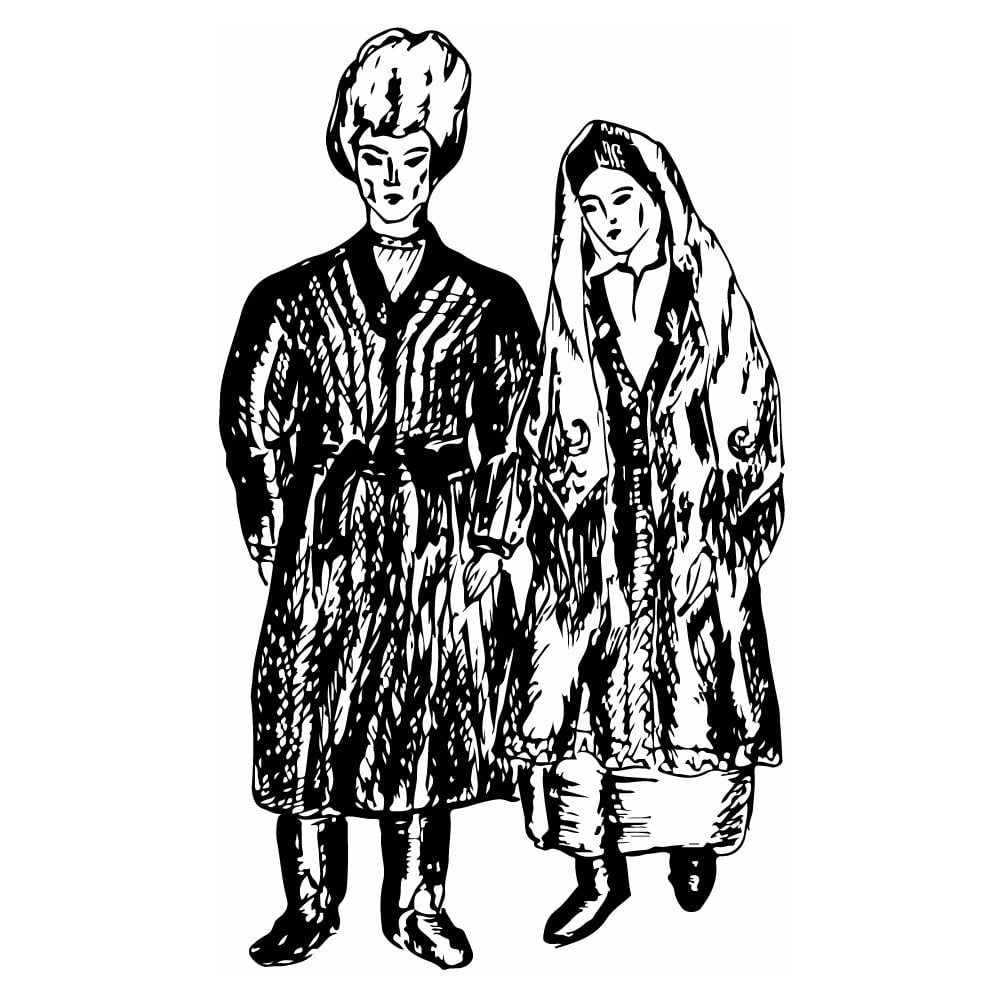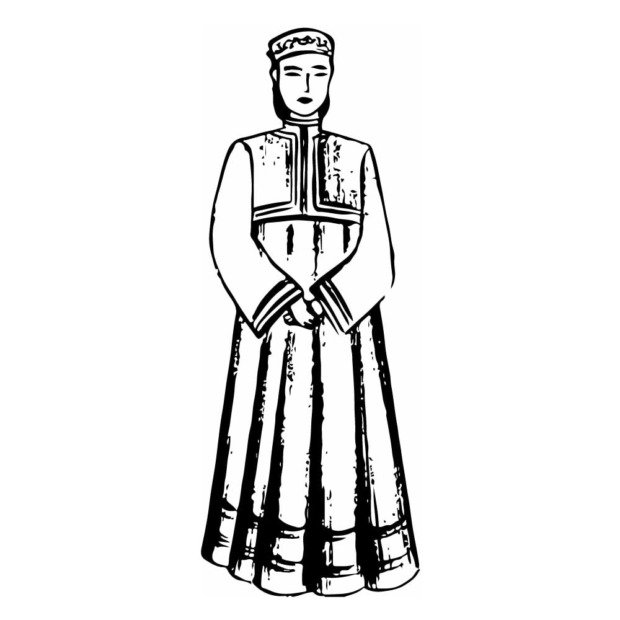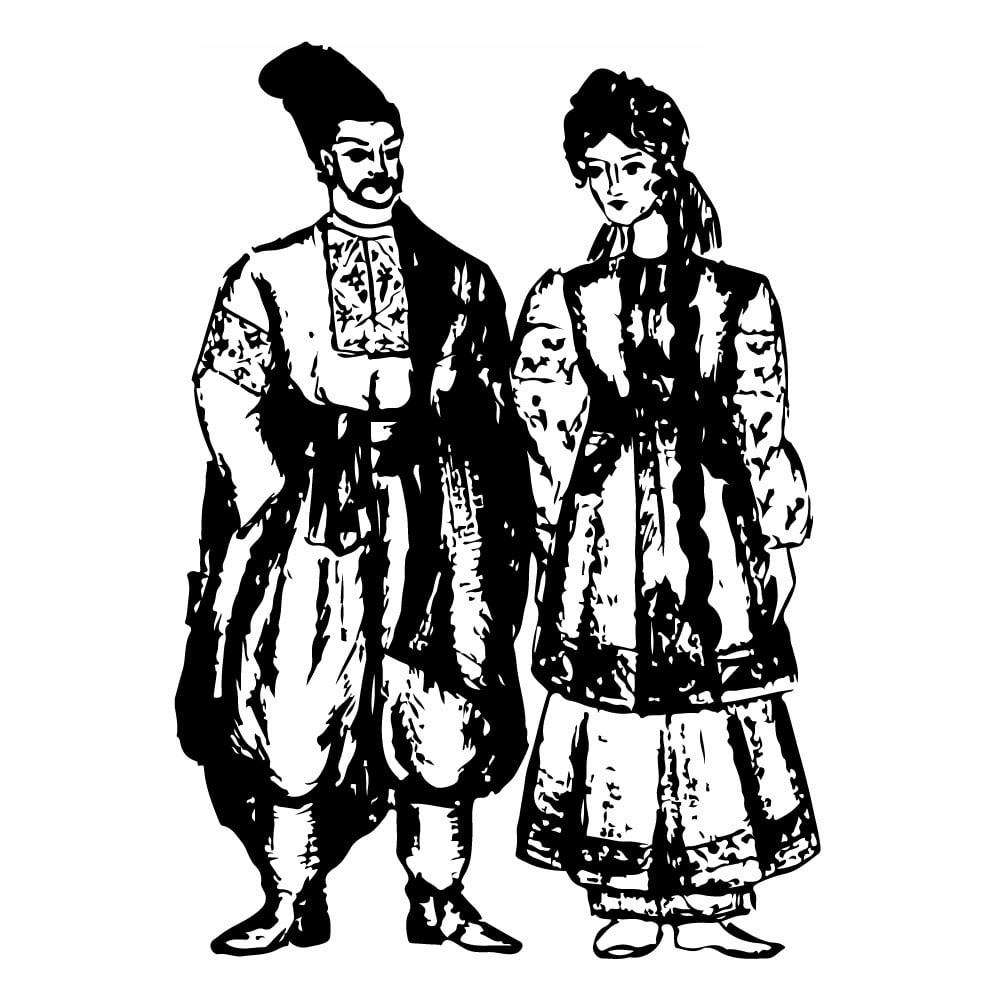Uzbeks
| Population | 19,310,000 |
| Language group | Karlur group of the Turkic languages |
| Language | Uzbek |
| Region | Uzbekistan |
| Religion | Islam/Sunnite |
*Population estimates for 1994
Uzbekistan, the most densely populated Central Asian Republic, lies in the territory between the Syrdaria and Amudaria rivers in the southeastern part of the CIS.
The nature in Uzbekistan is diverse and original. Being situated in the deserts of moderate climatic zone, the republic is notable for dry hot climate. Abundant sunlight and high temperature are the nation’s riches. However, there is considerable lack of water.
The territory of Uzbekistan has been inhabited since the times immemorial. The ancient ancestors of the Uzbeks were the Sogdeits, Bactrians, Ferghan and Sako-Masaget tribes. At the beginning of AD certain Turkic-speaking tribes started to infiltrate the Amudaria and Syrdaria territories. In the second half of the sixth century AD after Central Asia became part of the Turkic Kaganate this process increased. In the following centuries the main ethnic and cultural process that took place on those territories was the drawing together and partial merging of the settled Iranian-speaking population and nomadic, mainly Turkic-speaking population. With later development of feudal relations the Tajik and Uzbek nationalities started their formation. Their languages and culture became established. On the whole Uzbek ethnogenesis had finished by the time the Amudaria and Syrdaria river territories were annexed to the state of the Karakhanid (eleventh-twelfth centuries).
The consolidation of the Uzbek nationality had not finished until the beginning of the twentieth century. By that time there were traces of three main ethnic groups. One of them was the Uzbeks who settled in oases long ago. Their main occupation was arrogated agriculture, trades and commerce. The second group consisted of the descendants of pre-Mongolian Turkic tribes, who preserved semi-nomadic household (mainly cattle-breeding). The third group included the descendants of the Deshtikipchak-Uzbek tribes of the fifteenth-sixteenth centuries. In spite of the fact that each of the above mentioned groups had some ethnographic differences, their language, material and spiritual culture were characterized by features of strong common unity that determined the ethnic and cultural shape of the Uzbek nationality.
The total Uzbek population in the CIS is 19,500,000. The Uzbeks are the natives of Uzbekistan, but they also live in Tajikistan, Kazakhstan, Kyrgyzstan and Turkmenistan. They also live in North Afghanistan and some cities of the western part of China.
National peculiarities of the Uzbeks are expressed in traditions, customs, clothes, ways of cooking and interior house design. At present, they wear clothes of European cut, but national dress is also used, especially on holidays. Men usually put on bright striped robes girded with beautiful kerchiefs and skull-caps. Women wear silk dressed of bright (rarely white) colors and of wide and long cut. In cities women also put on silk embroidered skull-caps.
The houses are designed in the traction way. Carpets and mats all over the floor as well as blankets and pillows are the integral parts of every home. Samovars and porcelain dishes are widely used in household.
Rich and versatile Uzbek folklore is primarily notable for fairy-tales.
The Uzbeks are gifted musicians. They have created their specific classical music (makomy). There were many popular songs, chastushkas, as well as epic and lyric poems sung to music. For centuries have the Uzbeks been developing the traditional forms of their decorative and applied art, such as weaving, cloth-printing, scull-cap embroidery, glided sewing, leather processing, artistic metal works and jeweler’s work.
The Uzbeks are Muslims-Sunnites.
This is Ad 1

